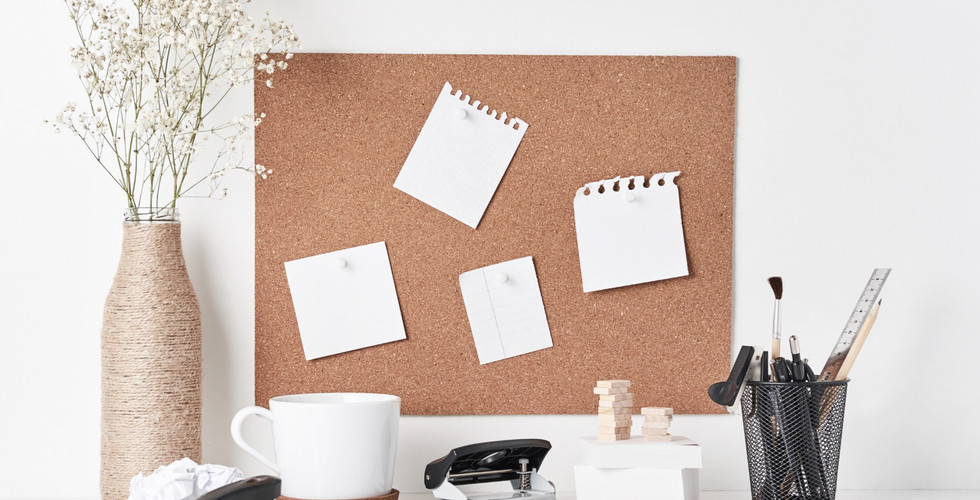Lifecycle of a Cork Tile
- Cork Imports Australia

- Nov 23, 2023
- 3 min read
Updated: Jul 30, 2024
As one of nature's most versatile and sustainable materials, cork undergoes a fascinating transformation from its origin in a cork oak tree forest to becoming a beautiful, durable and environmentally friendly cork tile.
Let's explore the lifecycle of a cork tile and unravel the journey of this remarkable material.

1. Cork Forests and Bark Harvest
Cork’s journey begins in the vast cork oak forests of the Mediterranean region, primarily found in Portugal and Spain. These forests are carefully managed to ensure the sustainability of the cork harvesting process. Every nine to twelve years, skilled workers carefully strip the bark from mature cork oak trees using traditional hand tools. This harvesting doesn't harm the tree and allows it to regenerate its bark, both promoting a healthy ecosystem and allowing the tree to capture more CO2. Cork management and harvesting not only protects biodiversity but also supports the local economy in cork-producing regions.
2. Processing and Manufacturing Cork Tiles
Harvested bark undergoes a series of processes to ensure it is clean and safe for use: the cork is stacked, left to dry, and then boiled or steamed to sanitised it and make it more pliable. The wine industry is the first to use the raw bark, punching wine stoppers from thick bark strips. Left over cork is then sliced or granulated and moulded into sheets of various sizes, thicknesses and designs. Any offcuts or defective tiles are re-granulated and recycled into another cork product and cork dust is burned by the factory to lower energy consumption.
Some cork tiles are designed to retain their natural colour and grain, displaying the unique patterns and textures of raw cork bark. Other tiles are coloured or treated for specific aesthetic preferences and applications, such as our New Generation Cork tile range which has an exclusive hot-melt ceramic coating to provide maximum durability.
Like a fingerprint, every cork tile has a unique grain and colour, making every tile and every project truly one of a kind.
3. Installation and Use
Cork tiles are incredibly versatile and have applications in many settings. Whether used as flooring, wall coverings, or even as a soundproofing material, cork tiles offer numerous benefits. They provide natural acoustical and temperature insulation, are durable, comfortable underfoot, and possess anti-microbial properties.
New Generation Cork tiles are pre-finished and pre-glued resulting in a quick, clean installation and minimal maintenance: simply sweep or damp mop to keep your floors clean and looking pristine. Moreover, you can rest easy knowing that all our products, including our specially formulated Tradies Own primer and adhesive, are green certified.
Cork’s beauty, practicality and eco-friendly features make it a favourite among designers, homeowners and businesses looking for a quiet, comfortable flooring solution.
4. End of Life and Legacy
Cork tiles are durable and can last for decades when properly maintained. However, when they reach the end of their usability, they can be recycled into new cork products, burned as an energy source, or they will naturally biodegrade if disposed of.
The journey of a cork tile truly encapsulates the essence of sustainability. From the careful harvesting of cork bark to its transformation into cork tiles and eventual sustainable disposal, cork remains an extraordinary natural material that embodies functionality and beauty without compromising on environmental responsibility.
Next time you step on a cork floor or admire cork wall coverings, take a moment to appreciate the remarkable journey and sustainable legacy behind this humble yet extraordinary material.
















